
HomePony Know HowRiding TipsJumpingGreat Gridwork Ideas
-
Pony Care Tips
Learn everything you need to know about caring for your fave pony. From feeding and grooming to mucking out – we have it all here!
-
Riding Tips
Improve your riding with our fab articles! Whether it's building your confidence, riding shapes, or jumping spreads that you need tips on, we have something for every rider.
Latest News
Great Gridwork Ideas
Posted in Jumping
If you love jumping, why not have a go at gridwork? Not only is it good fun for riders, but your pony will love it, and your jumping technique is bound to improve. Check out our gridwork ideas.
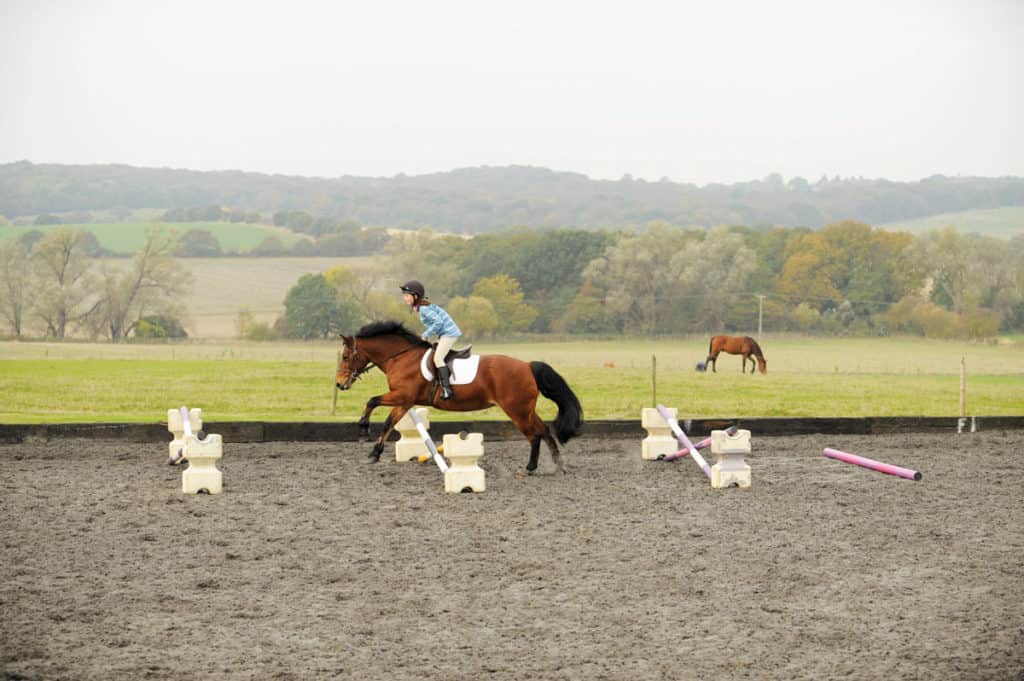
What’s gridwork all about?
Gridwork consists of a row of poles and fences set out at the correct distances, allowing your pony to jump them on a good stride.
Basic grids have fences with one or two non-jumping strides between them. More advanced grids may include jumps without any strides in between (bounce fences).
If you’re wondering what the benefits of gridwork are, here’s just a few.
Gridwork helps:
- your pony to become more supple and agile.
- you to see a stride into fences more easily – we all struggle with that from time to time!
- to make schooling way more fun for you and your pony.
- to teach your pony to think more quickly about what he’s doing.
- improve your own confidence over jumps.
- your pony to become more balanced.
Start simple
If you or your pony have never tried gridwork, it’s best to keep things easy at first. Ideally, have someone on the ground to put up the fences for you. That way, you won’t have to keep getting on and off!
Why not book a lesson with a jumping instructor so they can teach you all about gridwork? It’s best to have someone on the ground to set up and adjust grids for you to begin with.
Begin by setting out three, four or five trotting poles approximately 1.2 metres apart. Trot over the poles to check whether the distance is right for your pony. He should be able to trot comfortably over them. If he has to lengthen or shorten his stride to make the distance, move the poles a bit closer together or further apart. Place your poles on the centre line of the arena so you have room to turn into the grid from both reins.
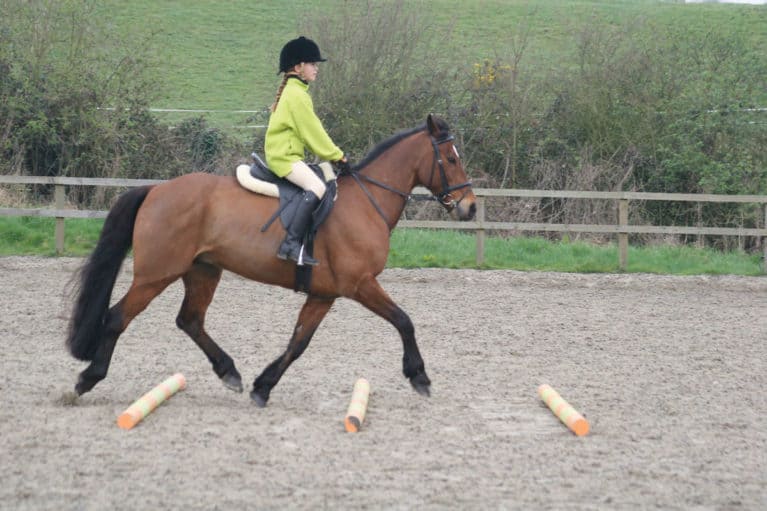
Once you’re confident, add a small crosspole at the end of the poles. Place the fence 2.7 metres away from the last pole and approach in rising trot. Your pony may pick up canter as he goes over the jump, and that’s fine.
Tougher stuff
Once your pony is happy going over the poles and a single fence, you can start to add more jumps to your grid. Place another small cross-pole 5.5 metres after the first one. This makes it a one-stride distance in between the two fences.
Then, try adding another fence approximately six metres after the second cross-pole and finish by including a third fence another six metres after the second one. You can make all the fences cross-poles or build the last one into an upright or a spread. It’s entirely up to you.
Your pony should approach the grid in trot, but he’s likely to pick up canter over the first jump and continue in canter, taking one non-jumping stride between each fence. As with the trotting poles, you may have to move the fences to make the distances more comfortable for your pony if they are a bit too close together or far apart for him.
Remember to praise your pony at the end, as this will keep him motivated and build up his confidence.
Position perfect
When you’re tackling grids it’s important that you do your bit to make things easier for your pony to jump well. Before you start, make sure your stirrups are at jumping length, and that you can hold a stable jumping position. Balance is important, as you will need to recover quickly over each element of the grid so you are ready for the next one.
On approach, stay in an upright position, looking directly down the centre of the grid – this will help your pony keep straight. Fold your body forward into a jumping position on take off, but just enough to give your pony a comfortable, balanced jump. Any more and it will take you longer to recover. Try not to tip forward, as this will unbalance you. Instead, push your hips towards the back of the saddle, keeping your weight in your stirrups.
Approach the grid in a balanced canter, aiming for the centre of each pole. When you land over the fence, sit up in preparation for the next one. After you’ve completed the grid, remember to ride in a straight line away from it – don’t let your pony stop straight away!
Top tip – It’s wise to fit a neck strap to hold onto, just in case you lose balance over a fence.
Once you’ve had some practice, you’ll be able to tackle grids with more elements.
Gridwork problems solved
If you run into trouble when you try gridwork, don’t panic – it happens to everyone! Here are some common gridwork problems and how to solve them.
1. “Help, my pony veers to one side of the jump rather than jumping in the middle!”
You will need to use more leg and contact on the side he veers towards. So, if he veers off to the left, close your left rein and left leg to keep him straighter. And if you’re carrying a whip, carry it on the side he veers towards.
Using V-poles (two poles that rest either side of the middle of the fence) can help ponies to jump straighter, but this should only be done under the guidance of your instructor, if they feel it is safe to do so.
2. “I can’t slow my pony down – he charges off on the approach and races through the grid at top speed!”
Remember, less is more. If you take a lighter feel on the reins, your pony will have nothing to pull against and should slow down.
Varying the number of strides between fences can also help, so he is concentrating on what he is doing – not just focusing on rushing through to the end!
You could also try turning into the grid closer to the first fence, so he doesn’t have time to get too fast before you’ve reached the first element. Ask your pony to stop after the last element so he doesn’t get used to cantering off after you’ve jumped through the grid.
Also, try to include gridwork regularly in your pony’s training so it becomes less exciting to him. His speed may well be to do with the fact he’s excited to get the job done! Welcome his enthusiasm, but work on turning his speed into impulsion instead.
3. “My pony is lazy and I can’t get enough momentum into the grids. Often he knocks the fences down or refuses to jump them altogether.”
Spend time on your flatwork getting your pony more tuned into your aids and make sure he’s fit enough to cope with the work you are asking him to do. It could be that he’s running out of steam the further he gets through the grid, causing him to knock fences. Spend time building his fitness, which will also help build his confidence jumping.
Keep him interested. Ponies that seem lazy might actually be bored. Build a variety of exercises so he doesn’t always expect to do the same old thing.
Approach grids with a strong canter that is full of impulsion. If you start of with a lazy canter, it will only get worse as you start jumping! Be positive with your aids and ride like you are going to get to the other side of the grid. Always reward your pony when he does a grid well.


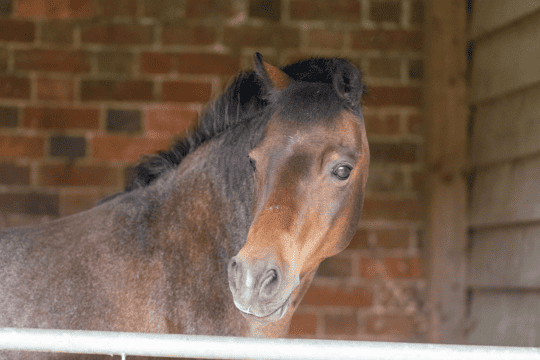
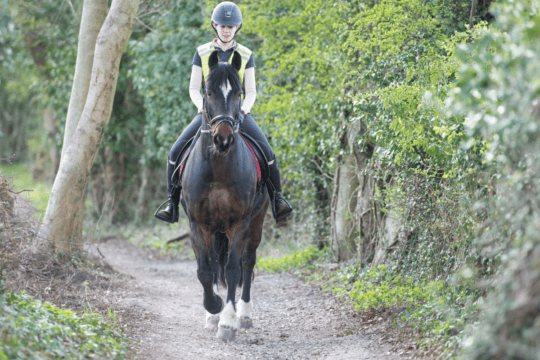
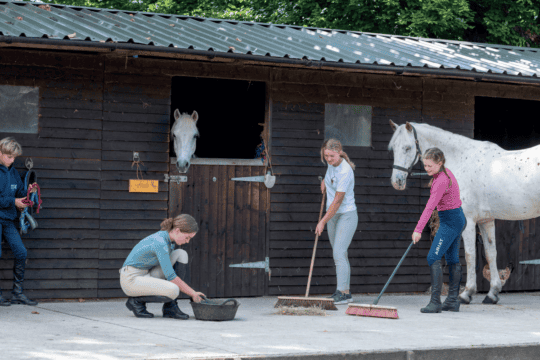
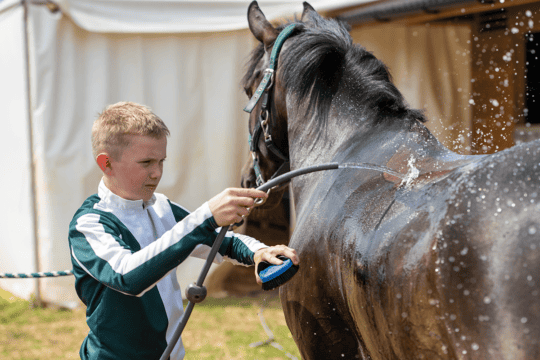








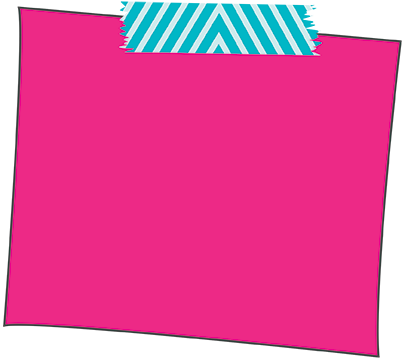







Leave a Reply
You must be logged in to post a comment.